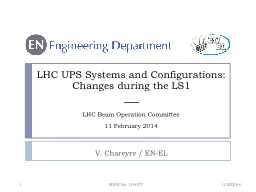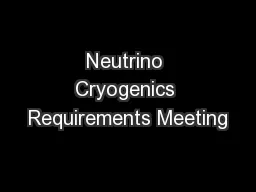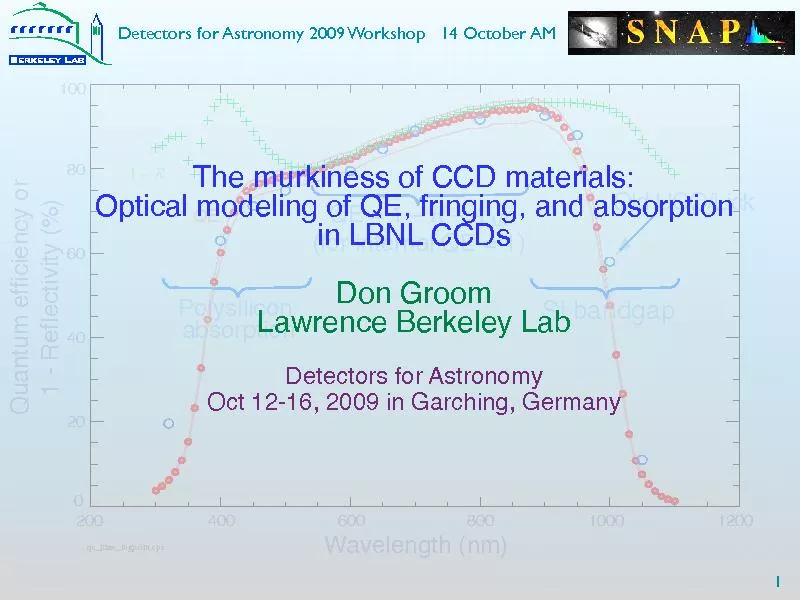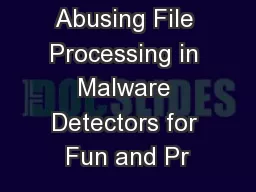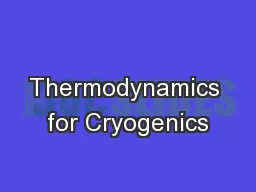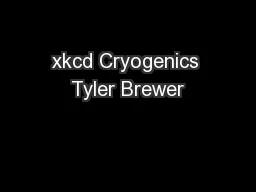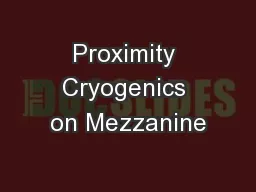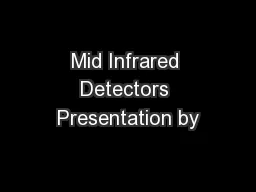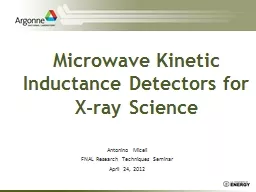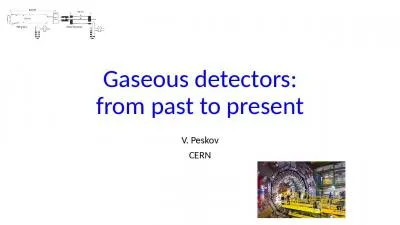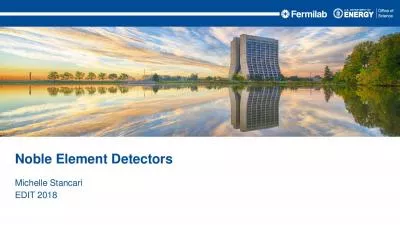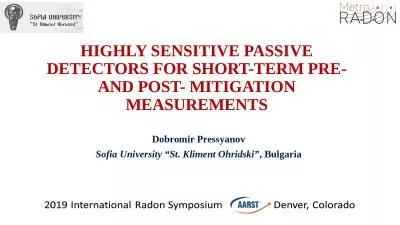PPT-Operation of cryogenics for LHC detectors: what did we learn?
Author : shoesxbox | Published Date : 2020-06-19
European Cryogenics days 2016 2 U Wagner CERN Topics Introduction ATLAS and CMS Operation history 2011 2012 2015 Availability data Reasons for down time Impurities
Presentation Embed Code
Download Presentation
Download Presentation The PPT/PDF document "Operation of cryogenics for LHC detector..." is the property of its rightful owner. Permission is granted to download and print the materials on this website for personal, non-commercial use only, and to display it on your personal computer provided you do not modify the materials and that you retain all copyright notices contained in the materials. By downloading content from our website, you accept the terms of this agreement.
Operation of cryogenics for LHC detectors: what did we learn?: Transcript
Download Rules Of Document
"Operation of cryogenics for LHC detectors: what did we learn?"The content belongs to its owner. You may download and print it for personal use, without modification, and keep all copyright notices. By downloading, you agree to these terms.
Related Documents


